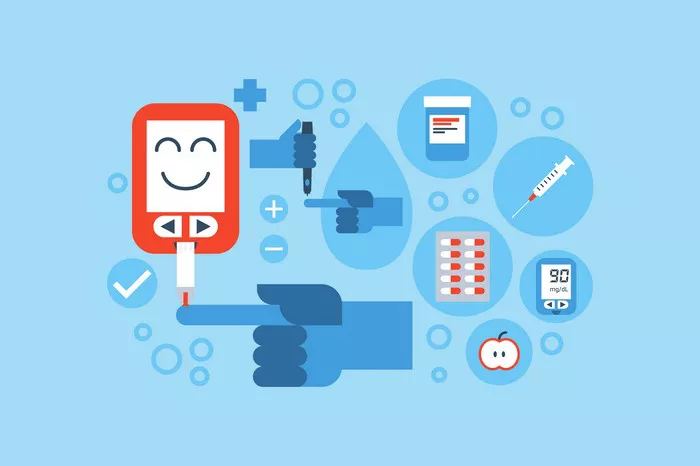MADRID, July 11, 2024 / DIABETOLOGIA / — New research presented at the upcoming Annual Meeting of the European Association for the Study of Diabetes highlights the critical link between sleep patterns and microvascular complications in newly diagnosed type 2 diabetes (T2D) patients. Conducted by Mette Johansen, Thomas Olesen, and colleagues at Steno Diabetes Center Odense, the study underscores how both insufficient and excessive sleep durations elevate the risk of microvascular diseases, such as retinopathy and nephropathy, among individuals with T2D.
The study, part of the IDA substudy from the Danish Centre for Strategic Research in Type 2 Diabetes (DD2) cohort, utilized Axivity AX3 accelerometers to measure sleep duration over a 10-day period. Participants were categorized into three groups based on nightly sleep duration: short (<7 hours), optimal (7 to <9 hours), and long (9 hours or more). Microvascular disease was assessed using urine albumin/creatinine ratio (UACR) and diabetic retinopathy (DR) indicators.
Among the 396 participants analyzed, those with short sleep durations were found to have a 2.6 times higher risk of microvascular disease compared to those with optimal sleep durations. Similarly, participants with long sleep durations faced a 2.3 times increased risk. Interestingly, the impact of short sleep duration on microvascular damage was particularly pronounced among older participants, emphasizing age as a critical factor in disease vulnerability.
The findings suggest a crucial role for targeted sleep interventions in diabetes management strategies. However, further research is needed to fully elucidate the causal relationship between sleep duration, quality, and diabetes-related complications.
For more details, the study will be presented at the Annual Meeting of the European Association for the Study of Diabetes (EASD) in Madrid, scheduled for September 9-13, 2024.
Related topics:
Predicting Treatment Response in Young Type 2 Diabetes Patients: The Role of Circulating microRNAs
Study Links Gut Bacteria and Viruses to Increased Type 2 Diabetes Risk



























